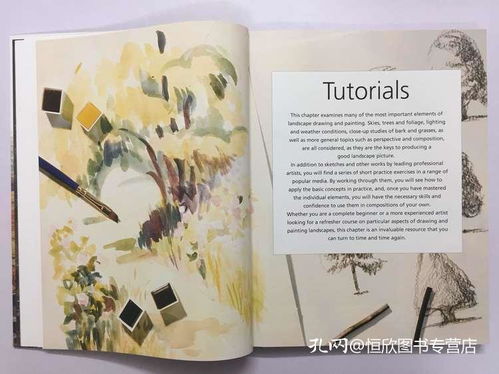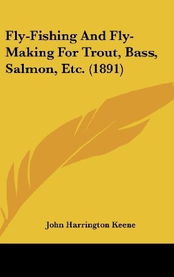Introduction: Fishing, an age-old pastime, has always been a source of relaxation and enjoyment for anglers around the world. One of the key elements that can make or break a fishing trip is the choice of bait. In this article, we delve into the art of fishing, focusing on creative techniques and how to prepare aesthetically pleasing baits that can attract even the most elusive fish.

Understanding Fish Behavior: Before we dive into the specifics of bait preparation, it's crucial to understand the behavior of the fish you're targeting. Different species have varying preferences when it comes to food, and this knowledge can significantly improve your chances of a successful catch. For instance, catfish are attracted to smelly baits, while bass often prefer brighter, more colorful offerings.
Choosing the Right Bait:
Natural Baits: These include worms, insects, and small fish. They are often the best choice for catching species that feed on these natural foods. To make natural baits look more appealing, consider the following techniques:
- Worms: Use a split shot to weigh down the worm and create a more natural presentation. Add a little bit of water to the worm's mouth to make it look more lively.
- Insects: Ensure the insect is fresh and wriggling. For larger insects, you might want to split them in half to increase their surface area.
- Small Fish: Use a treble hook to ensure the fish can't easily remove the bait.
Artificial Baits: These include lures, jigs, and spinners. The key to making artificial baits look attractive is to mimic the movement and appearance of natural prey:
- Lures: Choose lures that resemble the fish's natural food. For example, if you're fishing for bass, use a lure that resembles a small fish or crayfish.
- Jigs: Use a variety of colors and shapes to attract different species. A slow, steady retrieve can make a jig look more lifelike.
- Spinners: The key is to keep the spinner spinning. This creates a flash and vibration that can attract fish.
Preparation Techniques:
- Color and Pattern: Use bright colors for murky waters and natural, muted colors for clear waters. Patterns should mimic the movement and appearance of the fish's natural prey.
- Shape and Size: The shape and size of the bait should be appropriate for the species you're targeting. For example, a larger bait might be more effective for catching larger fish.
- Smell and Taste: Adding a bit of scent or flavor to your bait can make it more appealing. Options include fish oil, garlic, or anise.
Creative Bait Preparation:
- Fruit and Vegetable Baits: Cut up fruits like bananas, apples, or carrots into small pieces and thread them onto a hook. These baits can be particularly effective for catching panfish.
- Mushroom Baits: Mushrooms, especially those with a strong smell, can be an excellent choice for attracting catfish and other bottom-dwelling species.
- Homemade Baits: Combine fish scraps, bread, and other ingredients to create a homemade bait that can be highly effective.
Conclusion: The art of fishing is not just about casting your line into the water; it's about understanding the fish you're targeting and presenting them with an aesthetically pleasing and enticing bait. By experimenting with different techniques and baits, you can enhance your fishing experience and increase your chances of a successful catch. Whether you're using natural or artificial baits, remember to keep your presentation realistic and appealing to the fish's natural instincts. Happy fishing!












